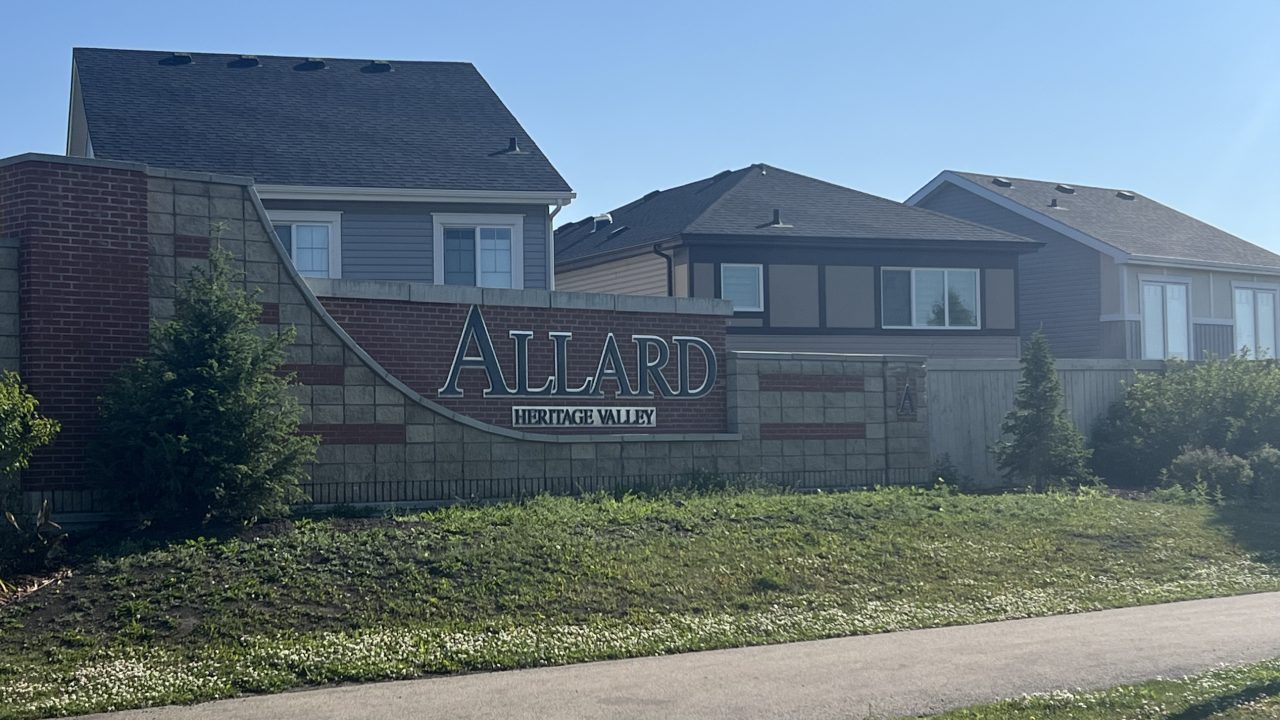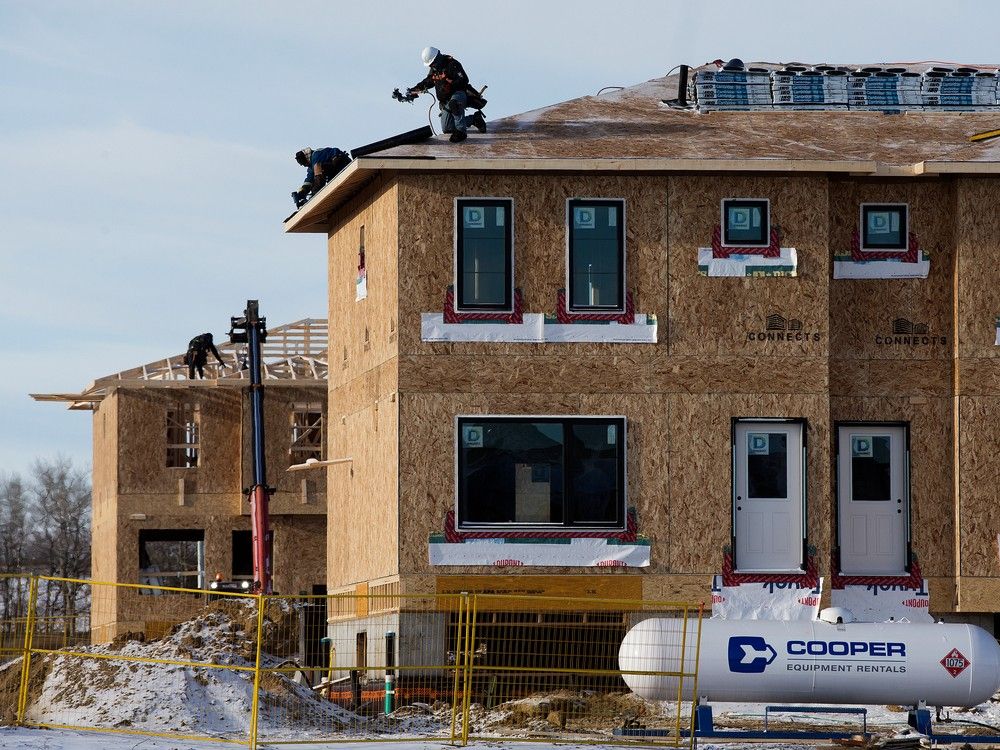Kosy123
Active Member
https://urbanaffairs.ca/edmonton-ish/the-great-southern-debate/

 urbanaffairs.ca
urbanaffairs.ca
I've got to say, I'm actually really annoyed by this statement. While access to amenities and proximity to community hubs plays a factor, the main factor is cost. It always has been. They're not drawn to "community amenities", they're drawn to homes being cheap and then realizing they're in the middle of nowhere with little core services . SFH are seen as a status symbol for middle/richer immigrants, and zoning restrictions (until more recently) made it difficult to build housing for multi-generational households in core/central areas.
I'm really not a fan of this whole "well it's Eurocentric" ideal. As someone who's not white, I genuinely find bringing that up distasteful. I'm inspired by my own experiences growing up in Asia rather than European urbanism. It really grinds my gears because it seems like there's a new line of thinking stating that stopping southward sprawl/development is Eurocentric and a white urbanist fantasy from the anti substantial completion side. Are there not other immigrant communities located in the core/centre? There's a large East African presence in 107 Ave and 111 Ave.
South Asians and Filipinos aren't just there these communities also exist all over the city. Not just in Ellerslie, and I can confirm that on my experiences being part of some of those communities.

Life, the Universe, and Subdivisions | Urban Affairs
City Council’s debate over southern expansion felt a lot a like a very famous passage from a very famous book (and radio series, TV series and movie)
*Not sure if this is the right section for this discussion, so if this fits somewhere better, please do so!Drive to the Ellerslie Road area and you will see that it’s a pretty multicultural place, more diverse than the established central neighbourhoods.
Harman Kandola, the vice president of Victory Homes and who also works with the City’s Anti-Racism Advisory Committee, said the fact many newcomers choose to live in the south needs to be recognized. Yes, he spoke publicly about what is a generally unspoken truth — that the drive to urbanize is based a lot on white perspectives. We are basing a lot of urbanism on white, Eurocentric ideals.
Kandola said that the City should recognize that the south side is a perfect example of how South Asian newcomers are drawn to an area where they feel at home. He said that Tagalog and Punjabi are commonly heard in the south.
“People decide where they want to live based on their cultural ties, access to amenities and proximity to important community hubs,” he said. “Restricting development in these areas not only infringes upon community autonomy, but it also limits residents’ ability to access essential services tailored to their cultural backgrounds — such as places of religious assembly, community supports and even grocery stores.”
I've got to say, I'm actually really annoyed by this statement. While access to amenities and proximity to community hubs plays a factor, the main factor is cost. It always has been. They're not drawn to "community amenities", they're drawn to homes being cheap and then realizing they're in the middle of nowhere with little core services . SFH are seen as a status symbol for middle/richer immigrants, and zoning restrictions (until more recently) made it difficult to build housing for multi-generational households in core/central areas.
I'm really not a fan of this whole "well it's Eurocentric" ideal. As someone who's not white, I genuinely find bringing that up distasteful. I'm inspired by my own experiences growing up in Asia rather than European urbanism. It really grinds my gears because it seems like there's a new line of thinking stating that stopping southward sprawl/development is Eurocentric and a white urbanist fantasy from the anti substantial completion side. Are there not other immigrant communities located in the core/centre? There's a large East African presence in 107 Ave and 111 Ave.
South Asians and Filipinos aren't just there these communities also exist all over the city. Not just in Ellerslie, and I can confirm that on my experiences being part of some of those communities.





